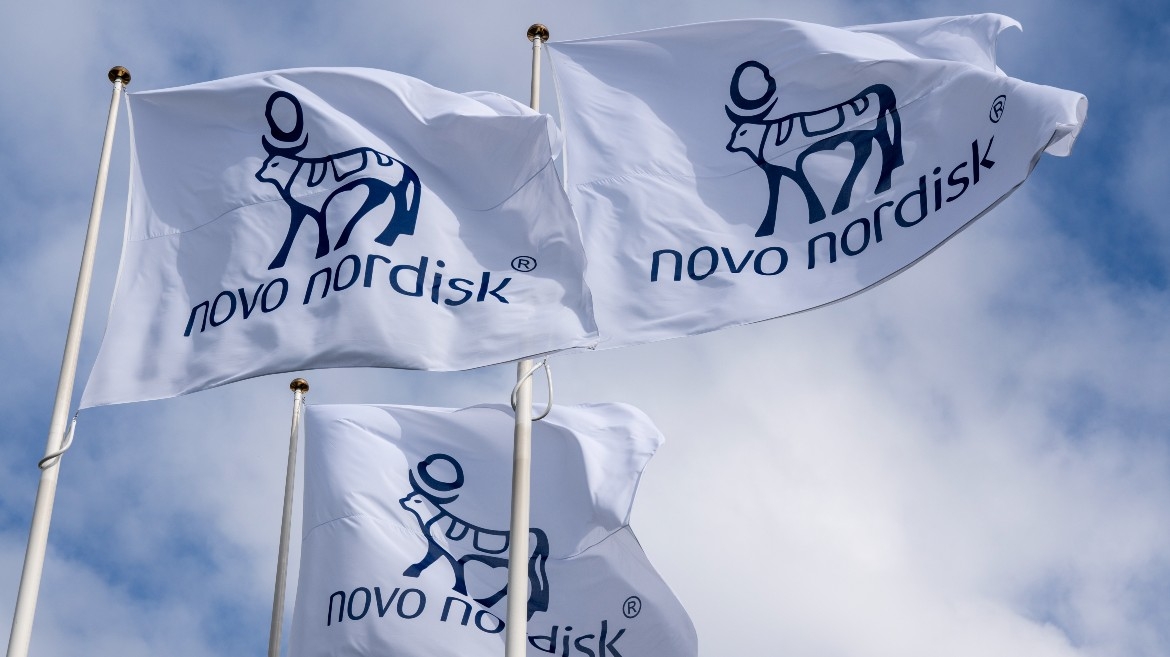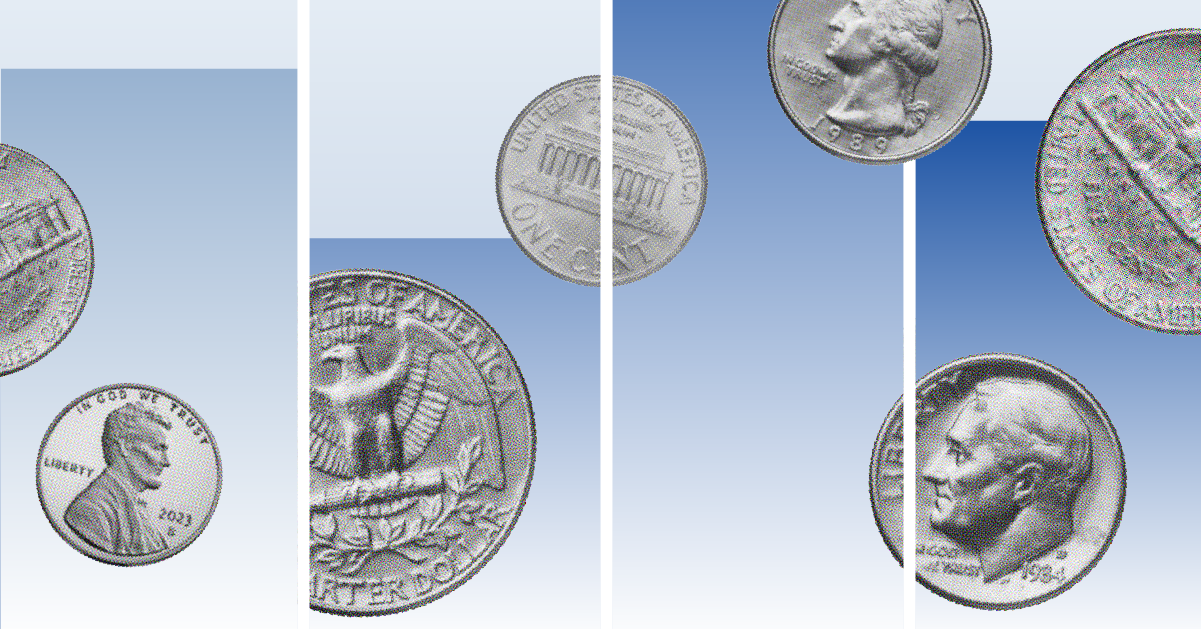The global exchange-traded fund market will grow twice its current value to $6 trillion by 2020, according to financial services company Ernst & Young – and investors should expect more active fund managers to launch ETFs. The growth is supported by changing investors’ behaviour and the ongoing low-return environment.
The global ETF market was valued at $3.4 trillion in August 2016, data provided by EY showed. The European ETF market was valued at $533 billion, and is expected to grow to $1.1 trillion by the end of 2020.
“The prediction of a $6 trillion global ETF market value by 2020 does not look particularly outlandish,” said Jose Garcia Zarate, Associate Director of Passive Fund Research for Morningstar. “The increasing popularity across the world of passive as an investing philosophy bodes well for continued asset growth for the ETF market in years to come. This is proving an investor-led revolution that investors around the world actively choose to go down the low-cost route.”
According to Morningstar Direct, ETFs have recorded $247 billion inflows globally year to date. In September alone, ETFs enjoyed $30 billion inflows. July 2016 ETFs saw the largest inflows in five years with $57 billion.
Investors are currently challenged by both economic and market factors, such as Brexit, the forthcoming US election and global monetary policy. Against this backdrop, some investors have struggled to make positive market returns.
Jack Bogle, founder of Vanguard and inventor of the first ever passive fund recently told Morningstar that investors should expect lower returns in the medium term. Investors must look at how unnecessary fund costs eat away at investment gains, he told Morningstar’s Christine Benz, making the case for ETFs in a low growth world.
Investors traditionally invest in passive funds for their low cost and for their transparency features, added Kenneth Lamont, passive fund research analyst for Morningstar.
Active Fund Managers to Launch ETFs
As investors increasingly favour investing in low-cost ETFs, it forces traditional active fund houses to figure out how to adapt to this new landscape, says Garcia Zarate.
“It should not come as a surprise to see active houses partnering with established ETF providers or thinking about establishing their own passive ranges,” he said.
Lisa Kealy at Ernst & Young’s said that competition within the ETF industry would intensify as new providers enter the market.
According to the Ernst & Young Global ETF Survey 2016 ‘Integrated Innovation’, The key to sustainable growth report, active managers are seen as much more likely entrants to the ETF market than in previous years, along with newcomers from other sectors of asset management.
Data from the report that 22% of active fund managers with no current ETF offering are likely to enter the market in the next two years. Among European respondents, 41% of them are planning to expand in the ETF market.
“We’re seeing providers pursue innovative options to confront these challenges, from collaborating, sub-advising or using existing ETF platforms,” said Julie Kerr, Asia-Pacific ETF leader for Ernst & Young.
Investors Should Expect More Smart Beta ETFs
The entrance of active houses into the market may lead to more smart beta ETFs going forward, said Garcia Zarate.
“One should not expect a traditional active house to enter the ETF market to offer a FTSE 100 tracker just for the sake of having an ETF range. That’s not their business model,” Garcia Zarate said.
“This probably means that product development efforts in ETF-land in years to come might be in great part concentrated in what we at Morningstar call strategic beta – commonly known as smart beta.”
Strategic beta ETFs allow traditional active houses to enter the ETF space while retaining an added value investment proposition over run-of-the-mill benchmarks. Garcia Zarate believes there may be increased complexity in the strategies offered to investors from these new entrants, which would call for very careful due diligence.
From year to date, Strategic Beta ETFs worldwide recorded $20 billion inflows, data compiled by Morningstar Direct showed. July saw the largest inflows of this year with $6.9 billion inflows.





























